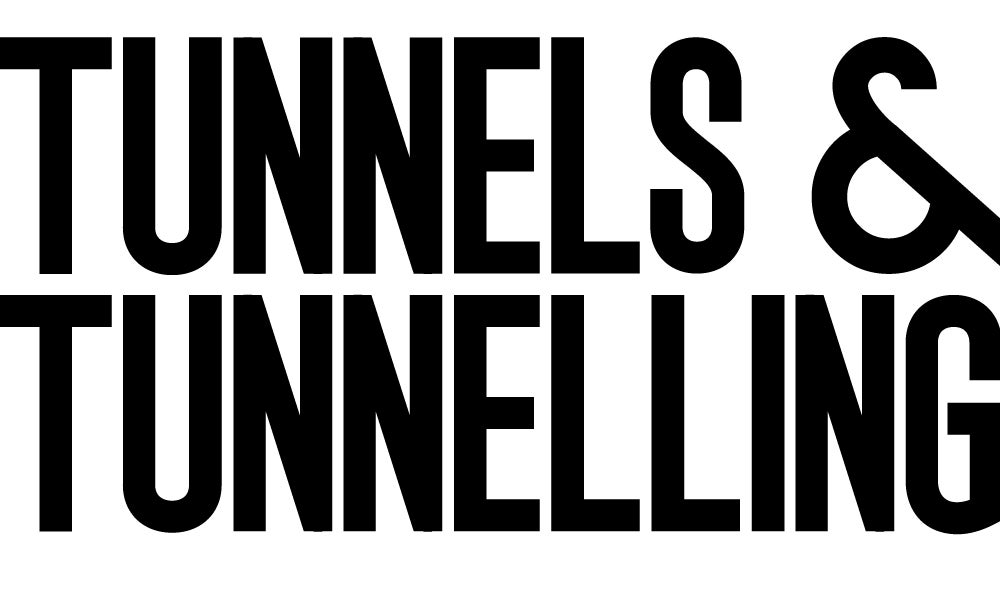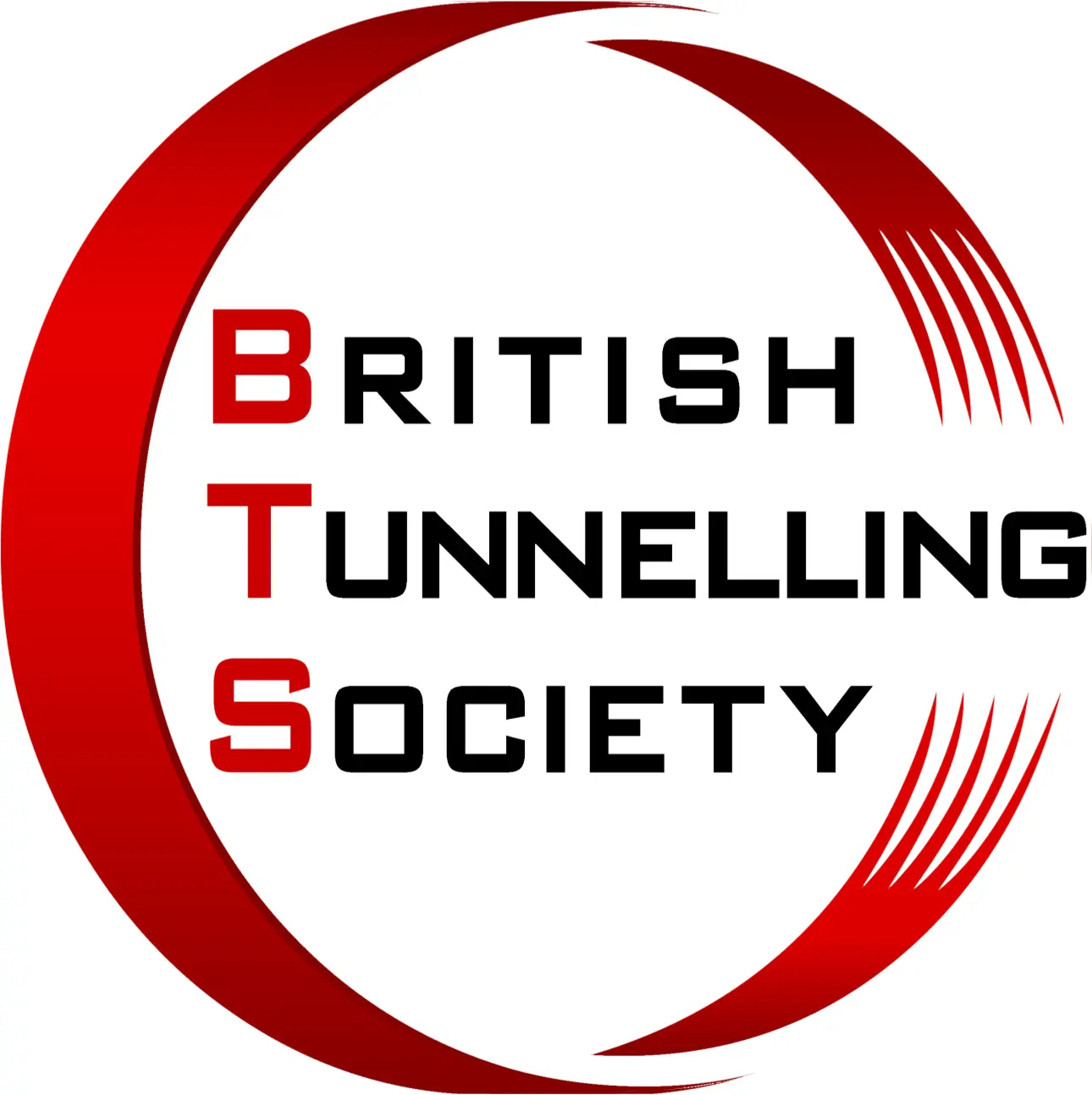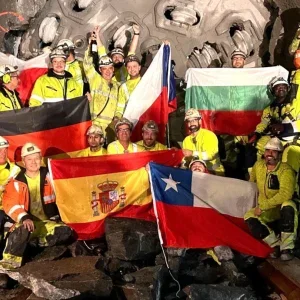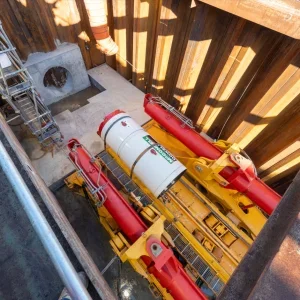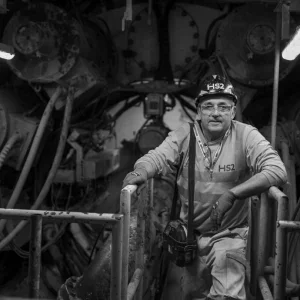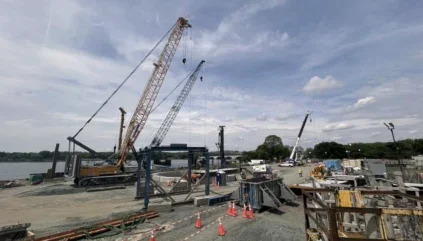
Underground blasting to create two TBM launch shafts will begin on DC Water’s Potomac River Tunnel project this week.
The weekly blasting at the West Potomac Park construction site will continue through to February 2026.
The blasting operations are part of constructing two 31.4m-deep mining shafts to lower and launch two 6.4m-diameter TBMs.
The Herrenknecht machines will construct the 8.9km tunnel. One TBM will excavate north, boring through rock to the endpoint at Georgetown University’s entrance on Canal Road Northwest. The other will move south to the Joint-Base Anacostia Bolling (JBAB) site, where the Potomac River Tunnel connects with the Anacostia River Tunnel. TBM Mary, which will excavate north, recently passed the Factory Acceptance Test in Germany and will be delivered to the West Potomac Park site in autumn this year. The second TBM, called Emily, will be delivered in 2026.
The Potomac River Tunnel is the next major phase of DC Water’s Clean Rivers Project. The project consists of a large-diameter, deep sewer tunnel, diversion facilities, drop shafts, and support structures. The tunnel system will capture the combined overflow of wastewater and stormwater during major weather events until it can be released to the Blue Plains Advanced Wastewater Treatment Plant instead of being discharged into the Potomac River.
The project is needed to reduce the sewer overflows to help improve the water quality of the Potomac River and, ultimately, Chesapeake Bay.
At present, when rainfall exceeds the sewer system’s capacity, the overflow is released at outlets into the Potomac River, impacting water quality. An estimated 654 million gallons of mixed stormwater and sewage overflows enter the Potomac River in a year of average rainfall. The proposed controls are estimated to reduce the volume of untreated wastewater released into the Potomac River by 93% and reduce the frequency from approximately 74 events to only four in a year of average rainfall.
